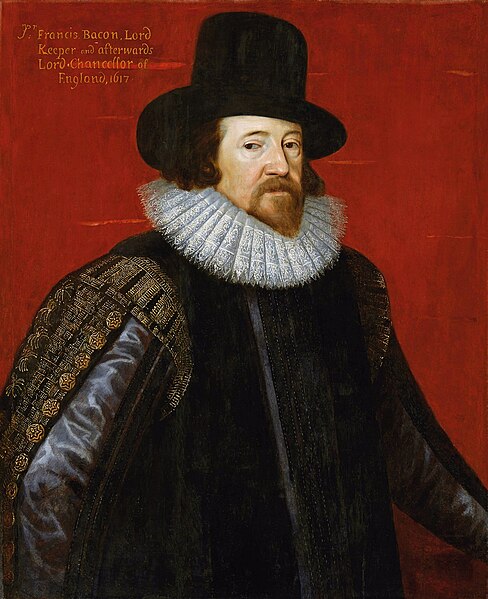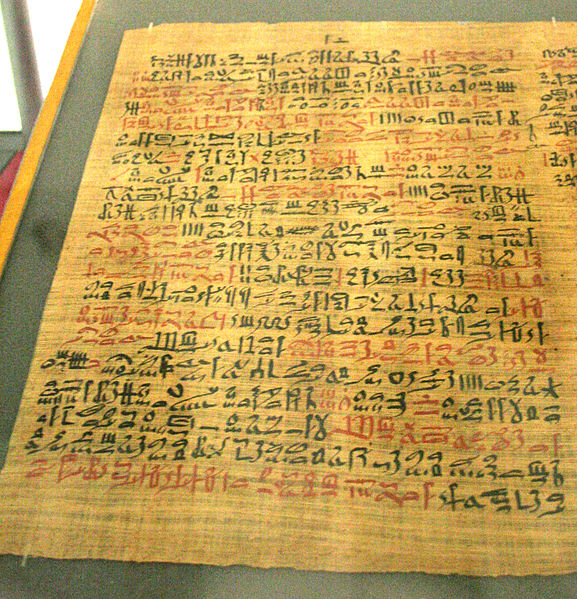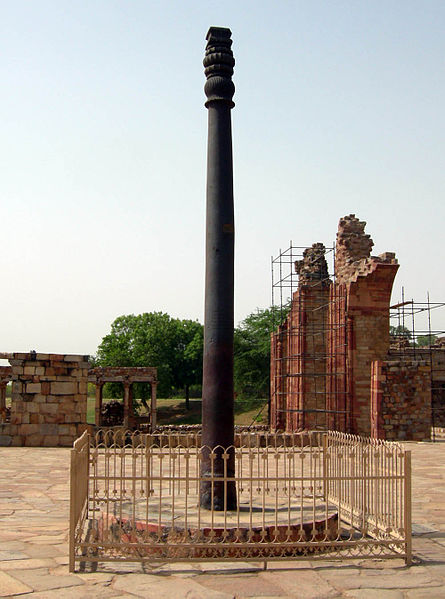The Scientific Revolution was a series of events that marked the emergence of modern science during the early modern period, when developments in mathematics, physics, astronomy, biology and chemistry transformed the views of society about nature. The Scientific Revolution took place in Europe in the second half of the Renaissance period, with the 1543 Nicolaus Copernicus publication De revolutionibus orbium coelestium often cited as its beginning.
Astronomer Copernicus, or Conversations with God by Jan Matejko, 1873
Portrait of Galileo Galilei by Leoni
Astronomia Nova by Johannes Kepler (1609)
Francis Bacon was a pivotal figure in establishing the scientific method of investigation. Portrait by Frans Pourbus the Younger (1617).
The history of science covers the development of science from ancient times to the present. It encompasses all three major branches of science: natural, social, and formal. Protoscience, early sciences, and natural philosophies such as alchemy and astrology during the Bronze Age, Iron Age, classical antiquity, and the Middle Ages declined during the early modern period after the establishment of formal disciplines of science in the Age of Enlightenment.
The Ebers Papyrus (c. 1550 BCE) from ancient Egypt
Clay models of animal livers dating between the nineteenth and eighteenth centuries BCE, found in the royal palace at Mari in what is now Syria
Star list with distance information, Uruk (Iraq), 320-150 BCE, the list gives each constellation, the number of stars and the distance information to the next constellation in ells
Ancient India was an early leader in metallurgy, as evidenced by the wrought-iron Pillar of Delhi.








